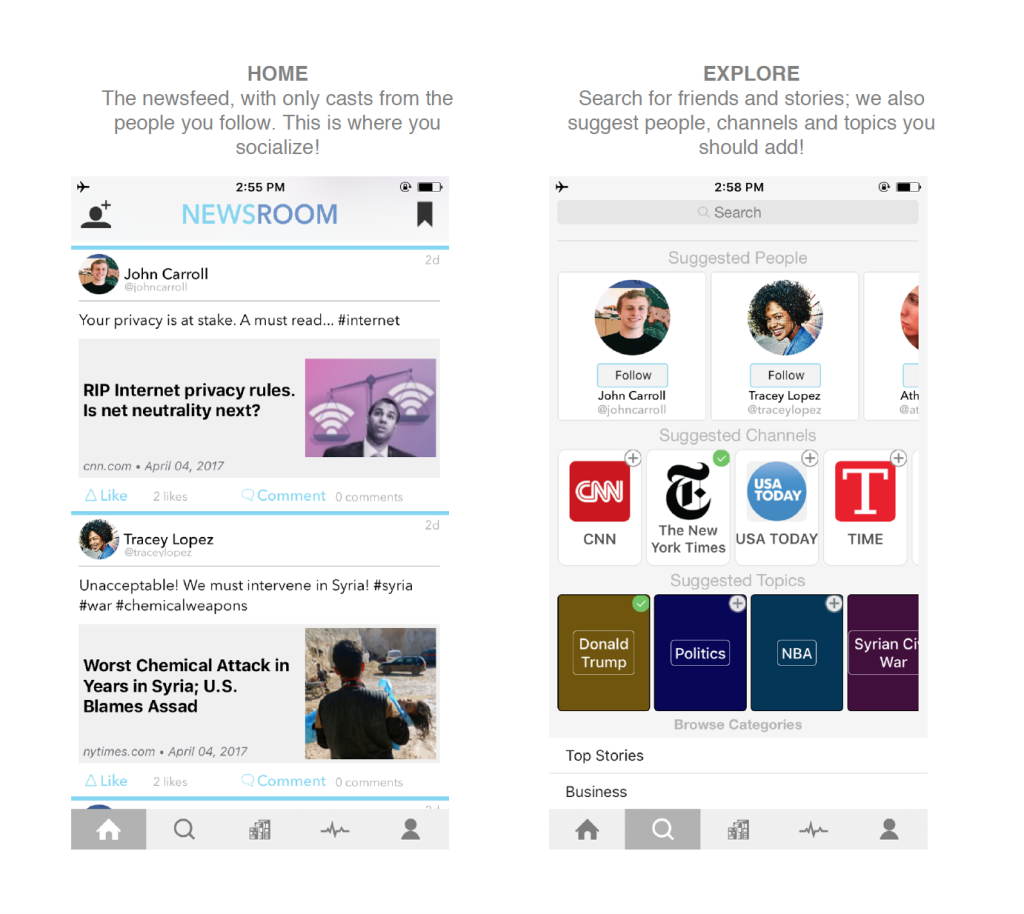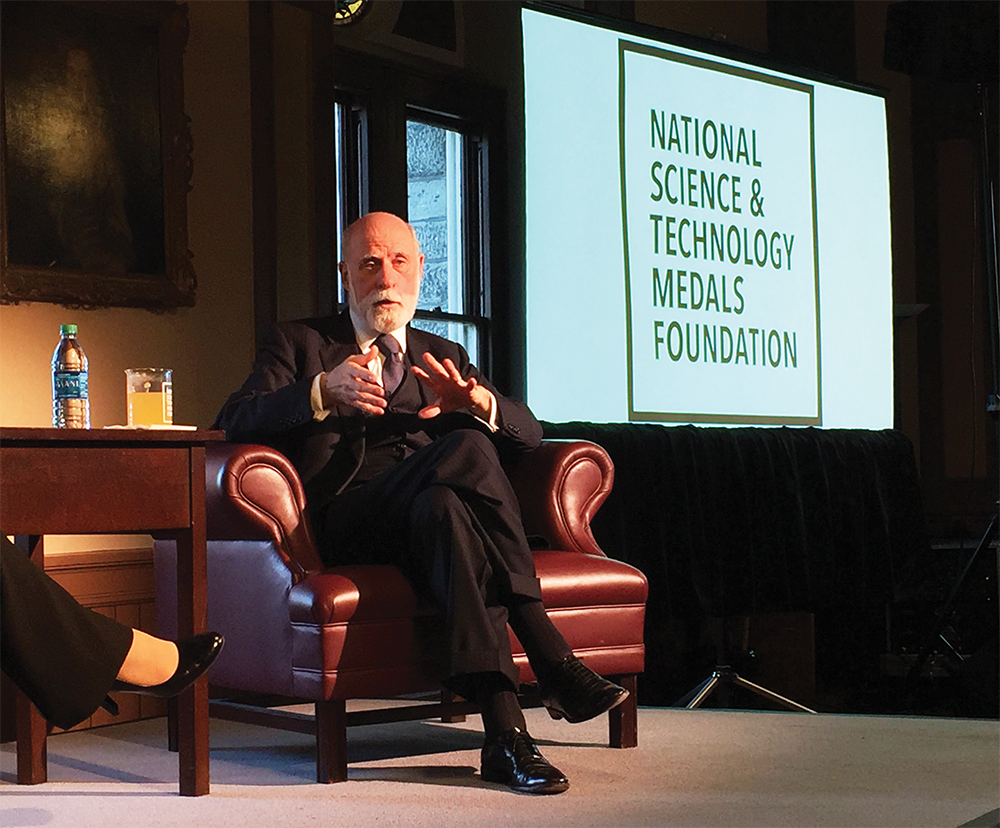There may not be a more American restaurant company than McDonald’s. “Billions and billions” served has translated into the golden arches becoming one of the most recognizable brand images in the world.
Things are not looking so golden, though, for the American stalwart. Instead of steady growth or steady decline, Mickey D’s is stuck in financial doldrums. Industry-wide factors, social changes and changing internal management decisions have all contributed to the slowdown. Here’s hoping things turn around.
The first place to look is the data. In financial crisis and subsequent recession, McDonald’s fared better than most other stocks in the S&P 500, never suffering a precipitous drop, only mild volatility. There are a variety of reasons for this, from the company’s low price points stoking demand when incomes fall to appropriate cash and investment management.
Post-recession, however, has been disappointing. Starting in January 2012, just a few months before outgoing CEO Don Thompson was put in place, McDonald’s share price has fallen over 7 percent.
The S&P 500, by contrast, has risen almost 60 percent and shows no immediate signs of slowing. This market movement stems mainly from abysmal financial results: last year’s U.S. revenues were down even more than the year before while net income plummeted 15 percent.
The question then becomes, how did America sour on the homegrown (the company, not the food) restaurant chain? First, there is the rise of the “fast-casual” players. Currently the fastest growing sector of the restaurant industry, fast-casual provides the consumer with the speed of traditional fast food, but typically with more transparency about how the food is prepared and sourced.
Shake Shack and its peers represent rapidly growing options for consumers despite not even bothering to compete on price. The other quintessential example is Chipotle, whose food is often as calorie-laden as McDonalds’s but is still fresher and made to order.
Coupled with this trend in the industry is the overall social movement toward healthier and more sustainable eating. The U.S. Department of Agriculture data explains a record 42 percent of working-age adults now use Nutrition Facts “most or all of the time” in making food choices. This trend, coupled with widespread legislation in many major cities requiring restaurants to be more transparent with their nutritional information, has made more consumers more aware.
Additionally, data reveals a 12.9 percent drop in eating out for meals during the recession, and the percentage of people eating out has not fully bounced back and isn’t expected to any time soon.
The final major problem has been that McDonald’s is straying away from its core competencies. Currently, there are over 14,000 locations in the United States with expansion occurring at a breakneck pace over the last few years. Furthermore, in 2007, the chain had 85 offerings; in 2014 they offered more than 145. That kind of product diversity has increased waste and inventory costs but has also overwhelmed customers used to more basic product variety.
There is reason to be hopeful, however, with the changes occurring after the most recent reporting period. Don Thompson is out as CEO, being replaced by Chief Brand Officer and former head of the United Kingdom and Europe operations Steve Easterbrook. Easterbrook’s promotion, continuing McDonald’s tradition of promoting from within, comes partially based on a reputation as a turnaround expert, orchestrating a 12 percent increase in restaurant sales during his tenure as head of the United Kingdom operations. Additionally, management is seeking to curb unchecked growth and expansion, hoping to rebalance the company both product-wise and financially.
So what does this mean for Joe Hoya? It certainly doesn’t mean that the McDonald’s over by the Rosslyn bus stop is going anywhere, but it does mean that McDonald’s might be marketing more in the future to our demographic.
It’s difficult to find college-aged people that regularly eat at McDonald’s, and so its turnaround plans might have us in sight. Unfortunately, it may also mean the end of some of McDonalds’s more creative options, such as variations on the quarter pounder and chicken sandwiches. Here’s to hoping the golden arches get their shine back.
Sean Sullivan is a senior in the McDonough School of Business. 37th and Wall Street appears every month.













The Yakima Kid • Jan 30, 2015 at 5:04 am
The main demographic group I see at McDonald’s are mothers of children of elementary school age and younger who grab quick meals, frequently to go. The other height of activity seems to be drive through breakfasts for commuters.
Note this is anecdotal, and observed when eating at the Wendy’s across the street, which isn’t something I normally do since we have an Arby’s nearby, and both a Chik-Fil-A and an Extreme Pita within reasonable distance. Chipotle seemed like too much money for the product.